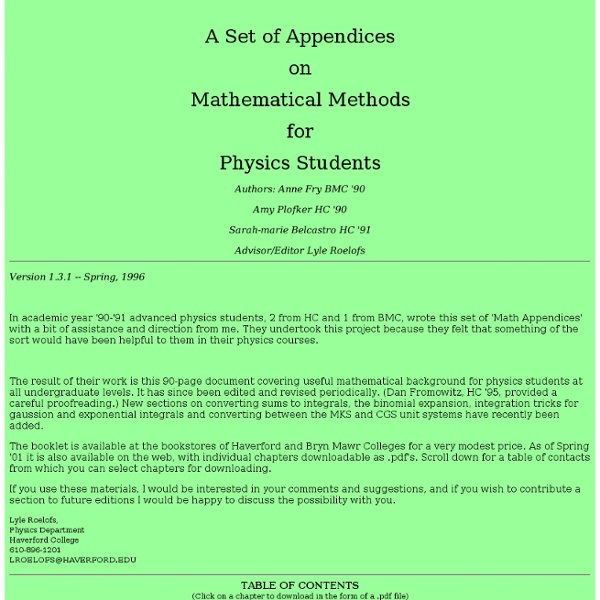



Matematicamente.it percorsiMatematica.html <table width=90% cellpadding=10><tr><td bgcolor=ff4444><span><h1>Warning:</h1><b>JavaScript is turned OFF. None of the links on this page will work until it is reactivated. <p><a href=" If you need help turning JavaScript On, click here. Applets per la matematica Una raccolta scelta e assistita di programmini, denominati applets, da usare online. Per permetterci di migliorare la nostra offerta, chiediamo cortesemente ai docenti di rispondere online al nostro brevissimo questionario di valutazione. Gli applets sono stati sviluppati dal “Freudenthal Institut Researchgroup in Mathematics education” di Utrecht, in Olanda nel corso di parecchi anni di ricerca e di sperimentazione. Ora alcuni di questi Applets sono messi a disposizione delle Scuole svizzere grazie alla disponibilità dell’Istituto olandese e al progetto comune sviluppato dal Centro didattico del cantone Ticino, dal Fritic del canton Friborgo e da ICT Basler Schulen del canton Basilea. Ogni programmino è accompagnato da una breve descrizione e da una scheda didattica dettagliata. I programmini possono essere utilizzati liberamente. Gli applets sono scritti nel linguaggio di programmazione Java. 60 APPLETS ORDINATI PER ARGOMENTO Numeri / Stima / Operazioni Equazioni Algebra / Calcoli
Gino Fano About Fano, Robert: In loving memory of my father Gino Fano. In: The Fano Conference. Univ. Torino, Turin (2004), p. 1-4 (english)Fulltext: pdf (372 Kb) | djvu (1.18 MB) | Full entry. Opere [1890-1] Klein, Felix: Considerazioni comparative intorno a ricerche geometriche recenti. [1892-1] Fano, Gino: Sui postulati fondamentali della geometria in uno spazio lineare ad un numero qualunque di dimensioni. [1893-1] Fano, Gino: Studio di alcuni sistemi di rette considerati come superficie dello spazio a cinque dimensioni. [1893-2] Fano, Gino: Sopra le curve di dato ordine e dei massimi generi in uno spazio qualunque. [1894-2] Fano, Gino: Sull'insegnamento della matematica nelle Università tedesche e in particolare nell'Università di Gottinga. [1895-2] Fano, Gino: Contributo alla teoria dei numeri algebrici, osservazioni varie e parte IX del Formulario. [1895-5] Fano, Gino: Sulle superficie algebriche con infinite trasformazioni projettive in sé stesse. [1924-5] Fano, Gino: Corrado Segre.
Corrado Segre Segre, Corrado: Su alcuni indirizzi nelle investigazioni geometriche. Osservazioni dirette ai miei studenti. Rivista di Mat.1 (1891), p. 42-66 (italian)Trad. inglese, On some tendencies in geometric investigations, Bull. American Math. Soc., 2, 10, 1904, 442-468Fulltext: Ristampato in GM_Segre_CW_4_387 | Recensioni: Jhb 23.0524.01 | Full entry. Segre, Corrado: La geometria d'oggidì e i suoi legami con l'analisi. EuDML - European Digital Mathematics Library Bollettino dell'Unione Matematica Italiana La collezione può essere raggiunta anche a partire da EuDML, la biblioteca digitale matematica europea, e da mini-DML, il progetto mini-DML sviluppato e mantenuto dalla cellula Math-Doc di Grenoble. Per suggerimenti o per segnalare eventuali errori, scrivete a zelati at unina dot it Con il contributo del Ministero per i Beni e le Attività Culturali
Mathdoc | Accueil